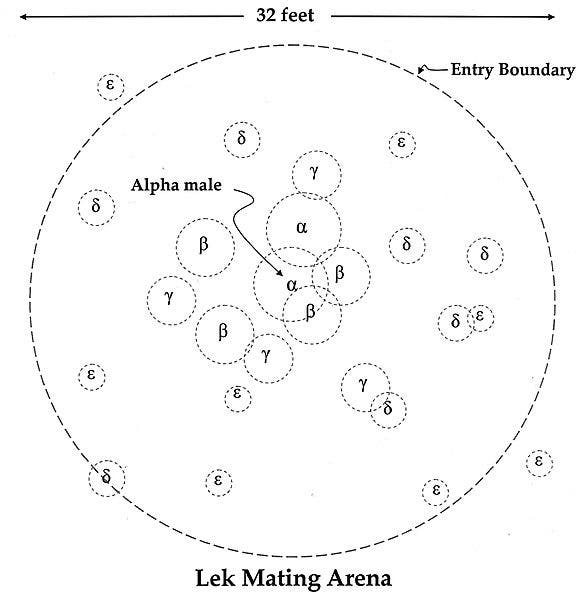A Frog’s Patience
November 1, 2017
Bigger males, both human and animal, are generally more successful in attracting and being selected by females. But not in all species. The Incredible Shrinking Man seeks inspiration from those few species where females favour the small, like Agalychnis callidryas, the Red-eyed tree frog.
In most frog species females choose a mate during a lek mating chorus often lasting several days. Typically male frogs gather around the female and try to impress her by calling out. Variation in acoustic characteristics is presumed to be important determinants in reproductive success and normally high energy calls are preferred. However, in the case of the red-eyed tree frog it is staying power more than anything else that gives males the edge. The females display enormous patience. After the first 24 hours of the mating ritual most of the taller loudmouthed males have left because they are hungry and tired. 36 to 48 hours later, the beta-males have left as well at which point only the smallest males continue to still compete for the female attention. Only then, well over two days after the whole thing began, the female makes her choice. Smaller males expand far less energy which allows them to participate in the lekking longer. The females are seduced by stamina and perseverance, not brute force. In and around trees being small can be an advantage.
Although lekking doesn’t translate directly into human practise, mating behaviour in Homo sapiens is very diverse. Our mating rituals and attraction values depend at least as much on cultural developments as they do on the laws of nature. The introduction of religious, political and economic systems and their subsequent social consequences has changed how we choose a partner. And because it is flexible, there’s room for change. Pygmy animal species might just show us a way out of our growth obsessed mating behaviour.